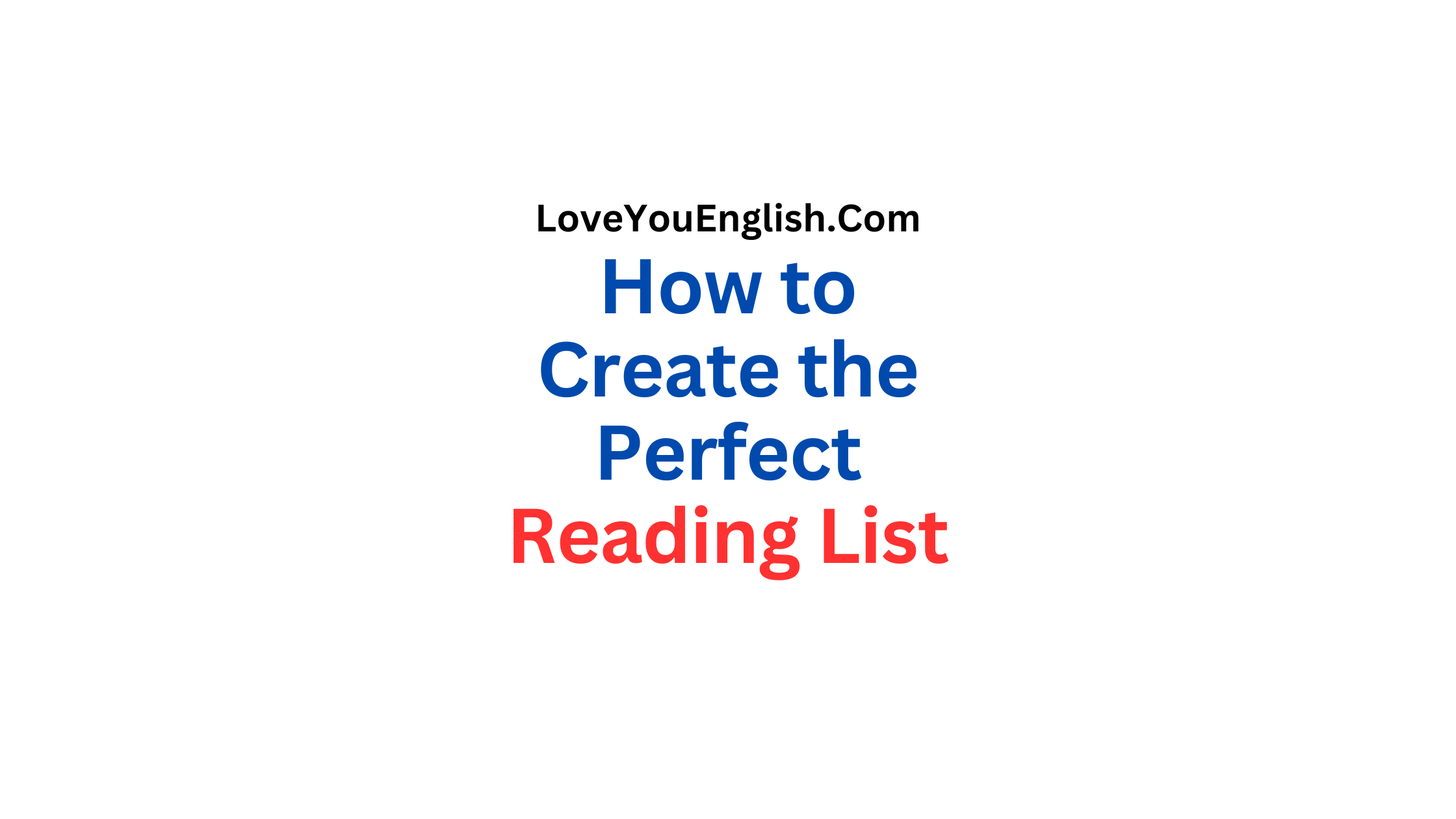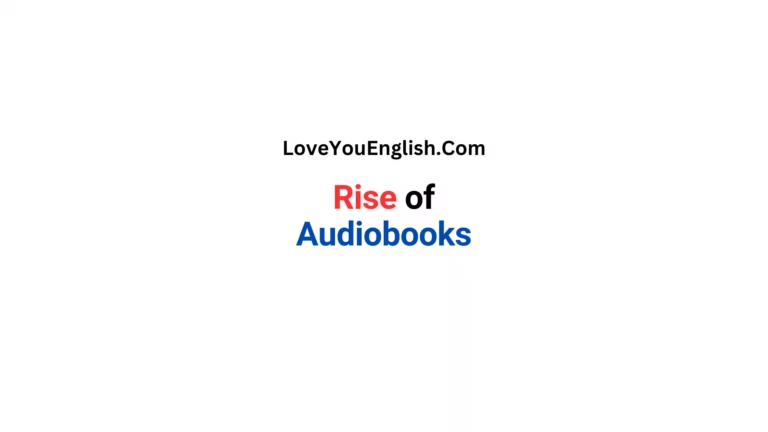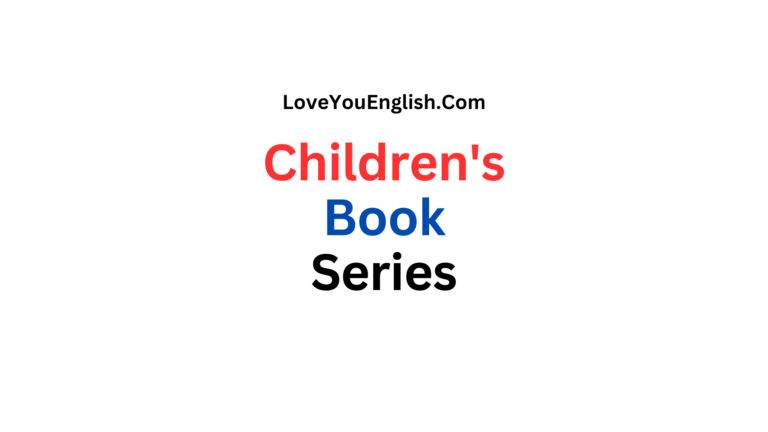How to Create the Perfect Reading List
Books are an excellent way to learn, relax, and explore new worlds.
Whether you’re a beginner reader or a book enthusiast, having a reading list helps you stay organized and ensures you never run out of great books to read.
In this guide, I’ll show you how to create your perfect book reading list step by step.
Why Have a Book Reading List?
A book reading list:
- Keeps you organized: You know what to read next.
- Saves time: No more wondering which book to pick.
- Broadens your horizons: Encourages you to explore different genres and authors.
- Tracks your progress: You can see how many books you’ve completed.
Creating your personalized reading list is fun and motivating. Let’s get started!
Step 1: Decide on Your Reading Goals
Before creating a list, ask yourself:
- How many books do you want to read?
Set a realistic goal based on your schedule. For example, one book a month is a good start for beginners. - Why are you reading?
Do you want to relax, learn, or grow as a person? Your purpose will guide your choices. - What genres interest you?
Think about the types of books you enjoy: fiction, self-help, mystery, romance, biographies, or science fiction.
Step 2: Explore Book Recommendations
Finding the right books is exciting. Here’s where you can look for recommendations:
- Online platforms: Websites like Goodreads, blogs, or YouTube channels often have book reviews and lists.
- Bestseller lists: Check lists like The New York Times Best Sellers or Amazon’s top books.
- Book clubs: Join local or online book clubs for inspiration.
- Friends and family: Ask people you trust for suggestions.
- Libraries and bookstores: Librarians and bookstore staff often recommend hidden gems.
Step 3: Create a Mix of Genres and Authors
A well-rounded list makes reading more enjoyable. Include:
- Different genres: For variety, choose novels, self-help, history, or fantasy.
- Authors from various backgrounds: Read books by authors from different cultures or countries.
- Old and new releases: Explore classics as well as modern bestsellers.
Step 4: Start Small
Don’t overwhelm yourself with a huge list. Begin with 5–10 books. This way, your list feels manageable, and you can adjust it as you discover more books.
Step 5: Organize Your List
To keep your list neat and accessible:
- Use a notebook: Write down the titles in a dedicated journal.
- Create a digital list: Use apps like Goodreads or Google Docs to track your books.
- Categorize your list: Separate books by genre, priority, or length (short stories, novels, etc.).
Step 6: Prioritize Your Choices
Some books may excite you more than others. To decide which ones to read first:
- Choose shorter books if you’re busy: They’re quicker to finish and build momentum.
- Alternate heavy and light reads: For example, follow a serious biography with a fun novel.
Step 7: Leave Room for Flexibility
Sometimes, you’ll come across a book that you didn’t plan to read but looks too good to skip. Be open to adding or removing books from your list.
Step 8: Track Your Progress
Tracking your reading motivates you to keep going. Here’s how:
- Rate your books: Give them stars or write a short review.
- Keep a record: Note the date you finished each book.
- Share your journey: Talk about your reading experience with friends or on social media.
Step 9: Revisit and Update Your List
Your preferences may change over time, and that’s okay! Update your list regularly by:
- Removing books you’ve lost interest in.
- Adding new titles you’ve discovered.
Tips for Building a Great Reading Habit
Creating a list is only half the job. Here’s how to stick to your reading plan:
- Set a reading routine: Read for 15–30 minutes daily.
- Carry a book everywhere: Read during breaks or while commuting.
- Eliminate distractions: Find a quiet spot to focus on your book.
- Join a book community: Being part of a group can keep you motivated.
Sample Reading List Ideas
To inspire your list, here are some categories with suggestions:
Fiction
- Pride and Prejudice by Jane Austen
- The Great Gatsby by F. Scott Fitzgerald
- The Night Circus by Erin Morgenstern
Non-Fiction
- Atomic Habits by James Clear
- Sapiens by Yuval Noah Harari
- Becoming by Michelle Obama
Mystery and Thrillers
- The Girl with the Dragon Tattoo by Stieg Larsson
- Gone Girl by Gillian Flynn
- The Silent Patient by Alex Michaelides
Self-Help
- The Power of Now by Eckhart Tolle
- How to Win Friends and Influence People by Dale Carnegie
- The 7 Habits of Highly Effective People by Stephen R. Covey
Fantasy and Sci-Fi
- Harry Potter and the Sorcerer’s Stone by J.K. Rowling
- The Hobbit by J.R.R. Tolkien
- Dune by Frank Herbert
Biographies and Memoirs
- Steve Jobs by Walter Isaacson
- Educated by Tara Westover
- Long Walk to Freedom by Nelson Mandela
Classics
- 1984 by George Orwell
- To Kill a Mockingbird by Harper Lee
- Moby-Dick by Herman Melville
FAQs About Reading Lists
1. How many books should I add to my reading list?
Start with 5–10 books and expand as you read more.
2. How can I find time to read?
Set aside 15–30 minutes daily, or read during commutes and breaks.
3. Should I finish every book I start?
No! If a book doesn’t interest you, it’s okay to move on to another one.
4. Can I reread books?
Of course! Rereading favorites can bring new insights and comfort.
Conclusion
Creating the perfect book reading list is a journey that reflects your interests and goals. With some planning and organization, you’ll have a steady stream of books to enjoy. Remember, your list should be fun and flexible, so don’t stress about perfection.
Happy reading!
Read more:
- English Conversations About the New Year
- English Conversation About Tourism
- English Conversations About Dessert
- English Conversations About Handling Complaints








